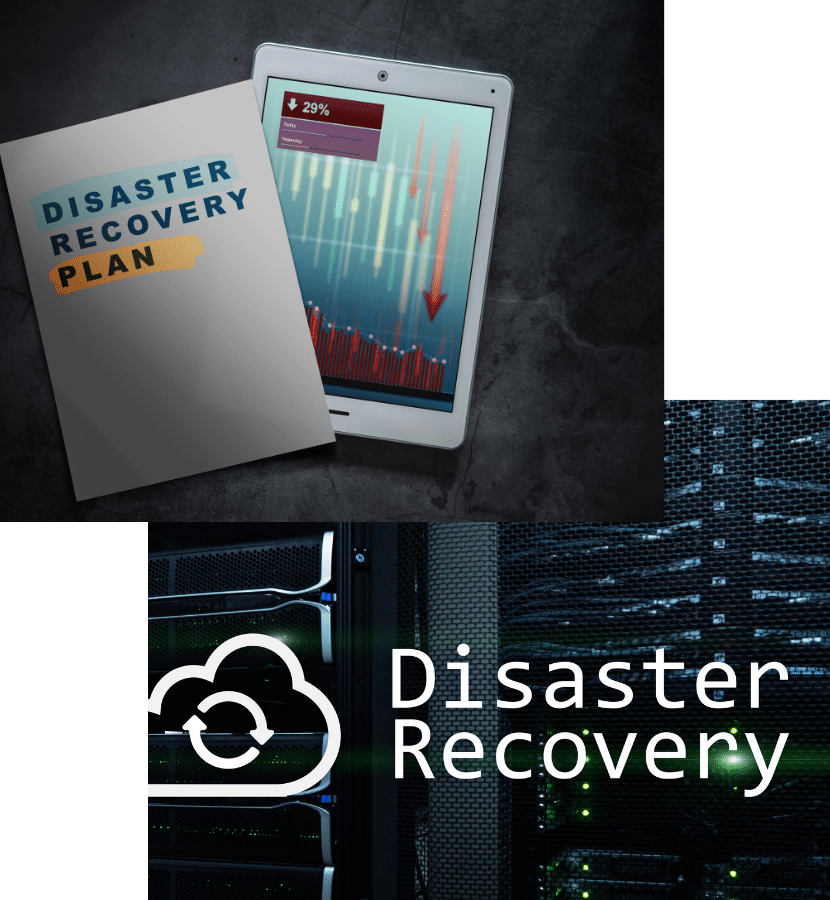
At Iglum Technologies, we believe in building strong, long-lasting relationships with our clients, and we are dedicated to helping them achieve their goals and grow their businesses.
Save Time, Save Earth
Save your time and the earth 🌍 by choosing our professional team.
Money Saved
Reduced hardware costs and pay for only what you need with a pay-as-you-go pricing model
Carbon footprint Saved
Cloud providers are increasingly investing in energy-efficient data centers that use renewable energy sources like solar and wind power.
Our Work Process
The process steps on creating
our awesome and
beautiful projects.

Cloud strategy development
Developing a comprehensive strategy that aligns with the organization's goals and objectives is crucial in cloud architecture.
Cloud design and deployment
Designing the cloud architecture and selecting the appropriate cloud services to meet the business requirements.
Cloud operations and management
Ongoing management and monitoring to optimize the environment's performance, scalability, and security.
Why Choose Us?
Scaling up to the Cloud:
How
Hybrid Cloud Integration Can Revolutionize Your Infrastructure

Use Case:
A manufacturing company with on-premises infrastructure wants to move to the cloud to take advantage of the scalability, flexibility, and cost savings offered by cloud computing. They also want to maintain some of their critical applications and data on-premises due to compliance or security concerns.
Problem:
The manufacturing company is facing challenges with their on-premises infrastructure, including maintenance and upgrade costs, limited scalability, and lack of agility. Moving to the cloud requires a well-planned and executed migration strategy, as well as the integration of on-premises and cloud resources to maintain business continuity and ensure seamless operation.
Solution:
By adopting a hybrid cloud approach, the manufacturing company can migrate some of their workloads and data to the cloud, while keeping critical applications and data on-premises. This approach allows for greater flexibility and scalability, while also addressing compliance and security concerns.
Cloud migration can be facilitated by leveraging tools like AWS Migration Hub, Azure Site Recovery, or Google Cloud Migrate, which automate the process of discovery, assessment, and migration of workloads. Integration of on-premises and cloud resources can be achieved using tools like Azure Arc or AWS Outposts, which extend the cloud capabilities to on-premises infrastructure, allowing for centralized management and control.
Scaling to Success:
Cloud Infrastructure
Planning and Design for Rapidly Growing Startups

Use Case
John is the head of IT at a rapidly growing e-commerce company called Shopper's Choice. As the company has expanded, their application infrastructure has become increasingly complex, with multiple microservices and dependencies. John needs to find a solution to streamline application deployment and improve resource utilization.
Problem
Problem: Currently, the company's developers manually deploy their applications to servers, which often results in inconsistencies and errors. As the application grows, it becomes increasingly difficult to manage the different components, and scaling is a challenge. Moreover, the existing infrastructure cannot handle the increasing traffic, which results in slower performance and lower user satisfaction.
Solution:
John decides to implement container orchestration with Kubernetes to manage their application infrastructure. Kubernetes allows them to automate deployment, scaling, and management of containerized applications. With Kubernetes, the company can create a cluster of virtual machines, which allows them to optimize resource utilization and easily scale their applications based on traffic. Kubernetes also offers self-healing capabilities, which can automatically recover failed containers or replace them with new ones. With container orchestration, Shopper's Choice can now deploy and manage their applications with ease, resulting in faster performance, improved resource utilization, and better user satisfaction.
"Secure Your Cloud, Protect Your Patients:
A Solution for Healthcare Compliance in the Cloud"

Use Case:
A healthcare company is migrating their patient management system to the cloud. They have strict compliance requirements that must be met to ensure patient data remains secure and confidential.
Problem:
Moving to the cloud can introduce new security risks and compliance challenges. The healthcare company needs a solution to ensure that their cloud environment is secure and meets compliance regulations.
Solution:
By implementing a security and compliance design for their cloud environment, the healthcare company can ensure that their patient data remains secure and confidential. This can include features such as network security, access control, data encryption, and regular vulnerability assessments.
The solution will also involve implementing best practices and adhering to compliance regulations such as HIPAA, GDPR, or other applicable regulations. By prioritizing security and compliance in their cloud environment, the healthcare company can maintain the trust of their patients and ensure they are meeting regulatory requirements.
"Stop Wasting Money on the Cloud:
Optimizing Costs and Managing Resources for Business Growth"

Use Case
A mid-sized startup has migrated their infrastructure to the cloud and is experiencing unexpectedly high costs for their cloud resources. They need a solution to optimize their cloud spending and better manage their resources to ensure they are getting the most value for their money.
Problem
The startup is struggling to keep their cloud costs under control as they scale their business. They lack visibility into their resource usage, leading to overspending and wasted resources. They need a solution to help them optimize their cloud costs and better manage their resources to improve efficiency and reduce costs.
Solution:
By implementing cloud cost optimization and resource management tools, such as AWS Cost Explorer and CloudWatch, the startup can gain visibility into their cloud usage and costs. These tools allow them to analyze their spending and identify opportunities for cost optimization, such as rightsizing instances or using reserved instances. Additionally, they can use tools like AWS Auto Scaling to manage their resources and automatically adjust capacity based on demand.
By implementing these tools, the startup can improve their cloud cost efficiency and reduce waste, allowing them to scale their business while maintaining control over their costs.
Secure Your Business Against Disasters with
Disaster Recovery Planning and Implementation.

Use Case:
A small manufacturing company relies heavily on their IT infrastructure to keep their production running smoothly. However, they are concerned about potential disasters that could disrupt their operations and cause data loss. They need a disaster recovery plan to ensure business continuity in the event of an unforeseen event.
Problem:
The manufacturing company lacks a disaster recovery plan, which puts their business at risk. Without a plan, they could face extended downtime, data loss, and revenue loss if a disaster were to occur. They need a solution that can help them prepare for disasters and ensure the safety of their critical data.
Solution:
By implementing a disaster recovery plan and investing in data backup and recovery solutions, the manufacturing company can prepare for any unforeseen events. The plan would include regular data backups, offsite storage, and testing of the recovery process to ensure that everything works as expected.
The implementation of a disaster recovery solution can help the company minimize downtime and ensure business continuity, even in the face of a disaster.
Technologies we use









